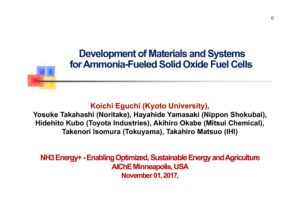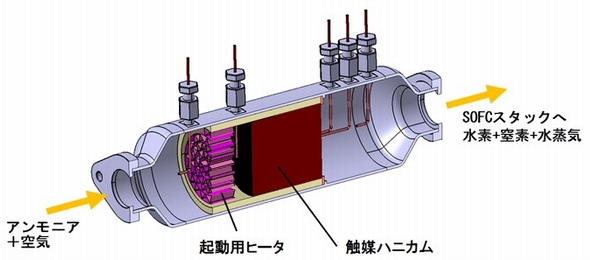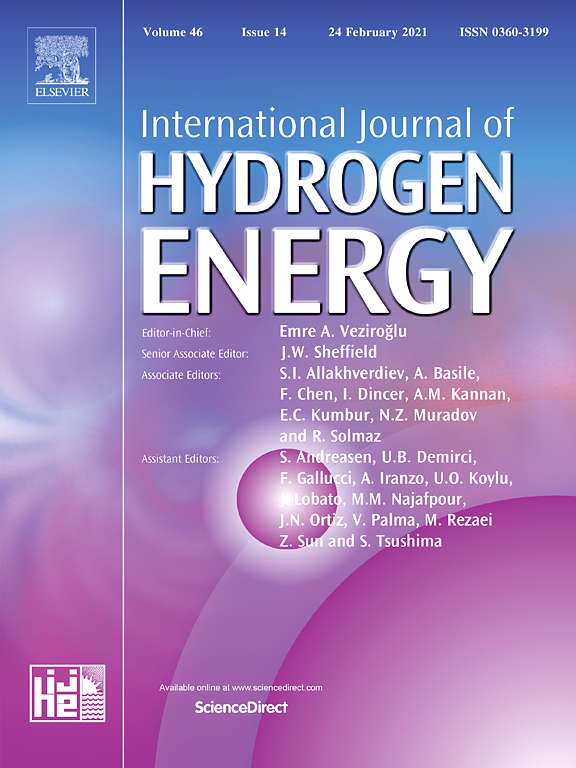Direct Ammonia Fuel Cells Take Another Step Forward in Japan
Japanese manufacturing concern IHI reported on May 16 that it had “successfully generated 1 kW class power” from a direct ammonia solid oxide fuel cell. This is the latest milestone for a technology that could play a major role in the roll-out of Japan’s Hydrogen Society.





